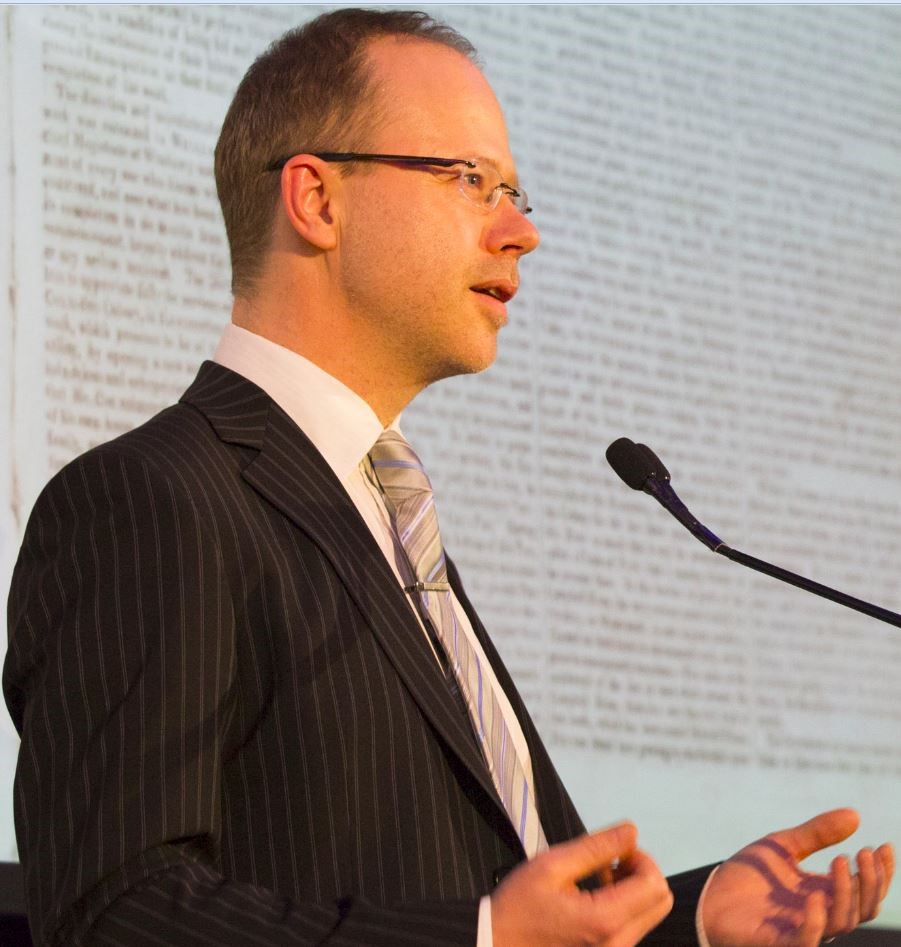The Archives
-
Biography, Cultural Studies, Life Writing, Literary Studies
Memory and Commemoration in the Digital Present
30.10.14 | Permalink | Comments Off on Memory and Commemoration in the Digital PresentThe first ‘Digital Death Day,’ held on 20 May 2010, brought together world experts in the fields of death studies, social networking and data management. Promoting the event, coordinator Jennifer Holmes commented, “The online memorial has already become the new grave” (Andrews 2010). How seriously should we take such a statement? Was this turn of phrase simply intended to indicate the increasing dependence on digital media for performing social rituals? Or has online memorialisation in fact created a new kind of ‘resting place’ for the deceased and if so what is the nature of that place and how do the living relate to it? Whether through intentional online memorialisation or through the unplanned bestowing of an afterlife on anyone who has had an active online presence in life, it is now indisputable that the digital world is being populated, at an exponentially growing rate, by the stories, images, traces and voices of the dead – so much so that this digital afterlife can be seen as a new kind of immortality.
-
Cultural Studies, Historical Studies, Humanities, Museum Studies
Exploration and Endeavour
08.02.11 | Permalink | Comments Off on Exploration and EndeavourExploration & Endeavour: The Royal Society of London and the South Seas celebrates the society’s 350th anniversary by bringing together a selection of iconic objects and original documents that highlight the society’s key role in European maritime exploration and discovery in the Pacific. The Royal Society, the world’s oldest scientific academy in continuous existence, was founded on the premise that knowledge should be subject to independent verification—‘freeing oneself from unexamined opinion, particularly through the study of empirical data’, as Andrew Sayers puts it in his introduction to the beautifully produced accompanying book publication. The society’s motto, Nullius in verba (‘Take no-one’s word for it’), attests to this commitment to independence of thought, underpinned by methodologically rigorous inquiry. Fellows of the society include larger-than-life figures who in many cases have revolutionised their field: Isaac Newton, Michael Faraday, Christopher Wren, Charles Darwin, Ernest Rutherford, Albert Einstein, Dorothy Hodgkin, Francis Crick, James Watson, Stephen Hawking and, with particular relevance in the Pacific context, James Cook and Joseph Banks.
-
Cultural Studies, Digital Scholarship, Historical Studies
Gallipoli Online
07.12.10 | Permalink | Comments Off on Gallipoli OnlineAt the heart of the national narrative in Australia is the potent and enduring story of the Australian and New Zealand soldiers—the ANZACs—who fought at Gallipoli, in Turkey, in the First World War, against impossible odds. It is a story that has taken on legendary significance. Each year, on the anniversary of the catastrophic Gallipoli conflict of 25 April 1915, there is a national holiday and Australians in ever-increasing numbers attend Anzac dawn services—conducted at memorials across the nation—to honour the dead of this and later wars. The role of the Gallipoli: The First Day website is not only to repeat and reinforce the Anzac message and make it more accessible, but also to offer a new assemblage of information utilising the 3D visual power of the digital environment.
-
Cultural Studies, Historical Studies, Humanities, Life Writing
Trauma Online
25.03.09 | Permalink | Comments Off on Trauma OnlineThis article considers how traditional physical memorials to war and other catastrophic events differ from online memorials in the Web 2.0 environment and it asks what the benefits and drawbacks of each may be. There has always been an awkward fit between the public statements embodied in monuments to those who died in war and the personal stories told by individuals who returned. This disjuncture serves to demonstrate that the two ways of remembering traumatic events—the collective and the individual—have traditionally been poles apart and often contradictory. Gradually, over the past two decades, with the increasing influence of critical theories that have questioned national and other dominating discourses—and also with growing interest within the field of clinical psychology in what is now labeled post-traumatic stress disorder—there has been an increasing interest in the vast underlayer of personal stories that national narratives have shut out or silenced.
-
Communication and Media Studies, Cultural Studies, e-Research, Life Writing
Pixelated Memory
25.05.08 | Permalink | Comments Off on Pixelated MemoryWar memorials are the most familiar and visible means of acknowledging and respecting the trauma of large scale, violent conflict. In practically every town in Australia, however small, monuments to war are found. These are haunting, poignant reminders of the brutality of war and the fragility of life. And yet, their reassuring solidity and prominence shields us from the reality of lost lives and suffering by casting war in terms of abstract and stylised notions of heroism, loyalty, sacrifice and glory. While it is usual for the names of the dead to be listed on these monuments, their individual suffering is blended, ritualised and distanced in a symbolic and generalised tribute. It is not surprising then that there has always been an awkward fit between the public statements made by these monuments and the personal stories told by individuals who returned.






